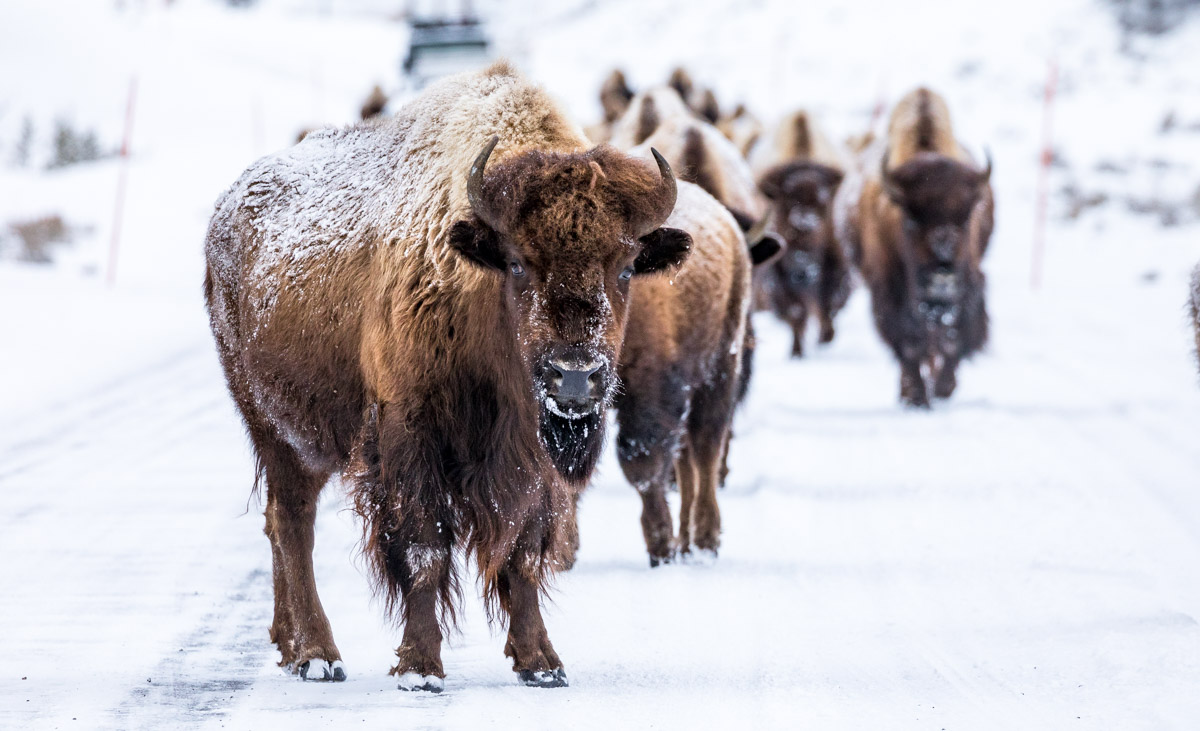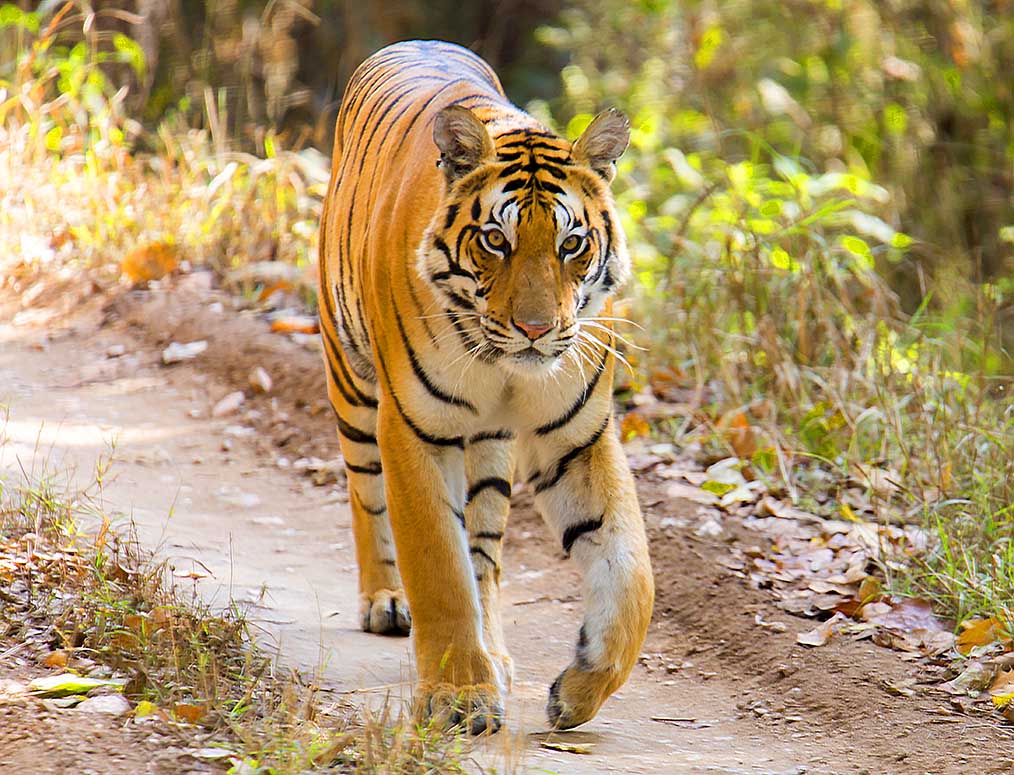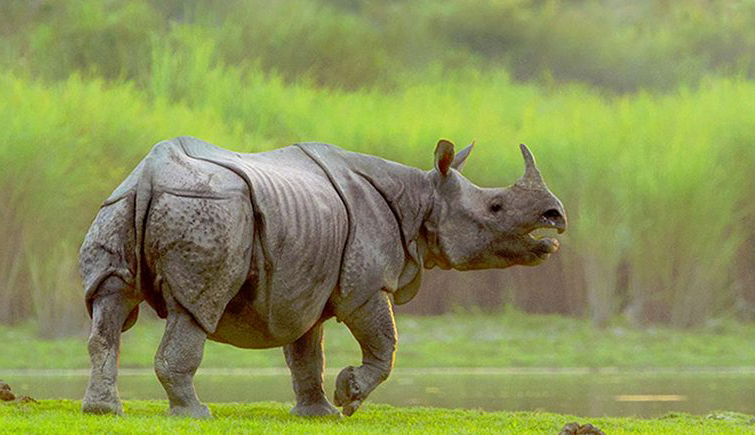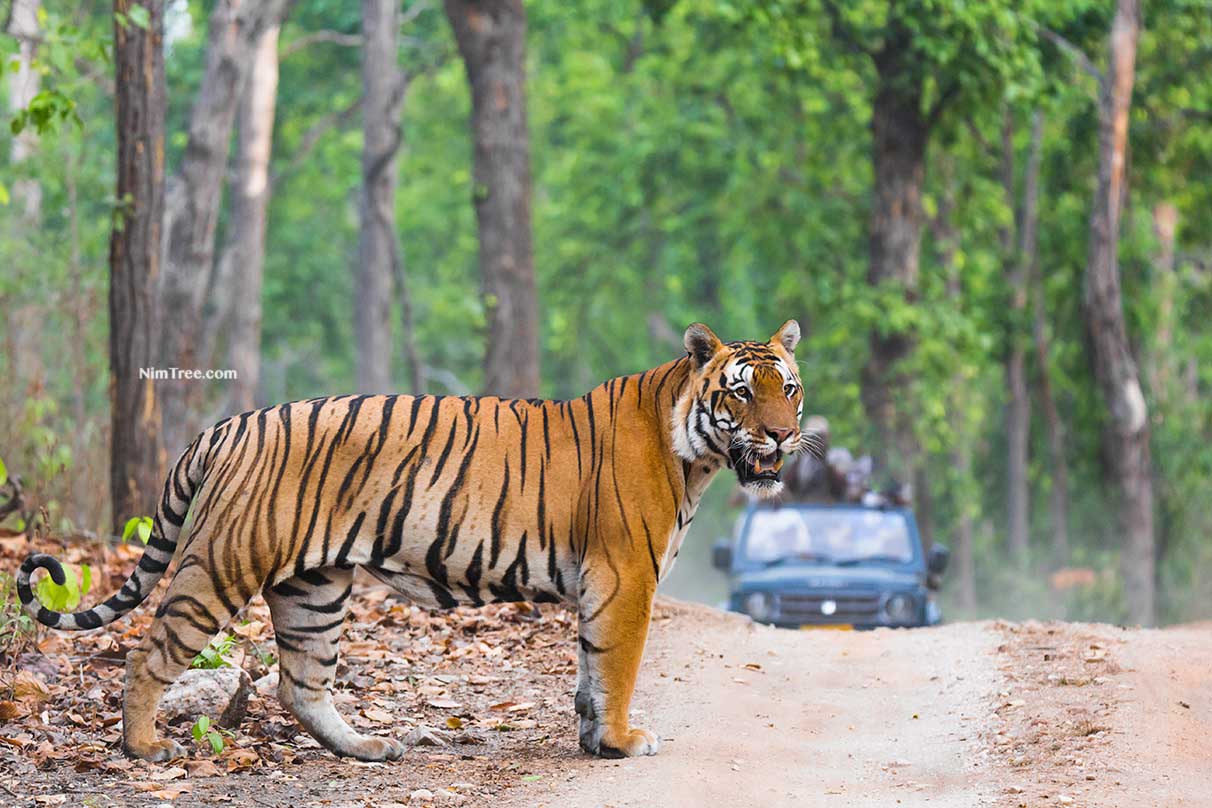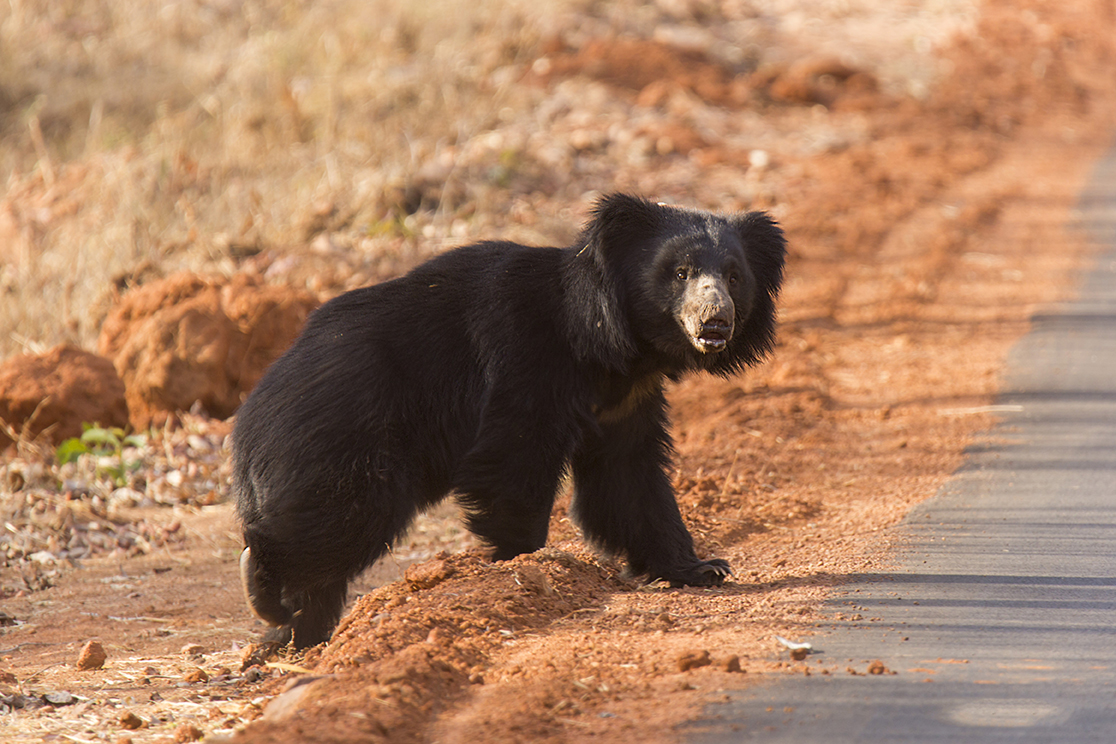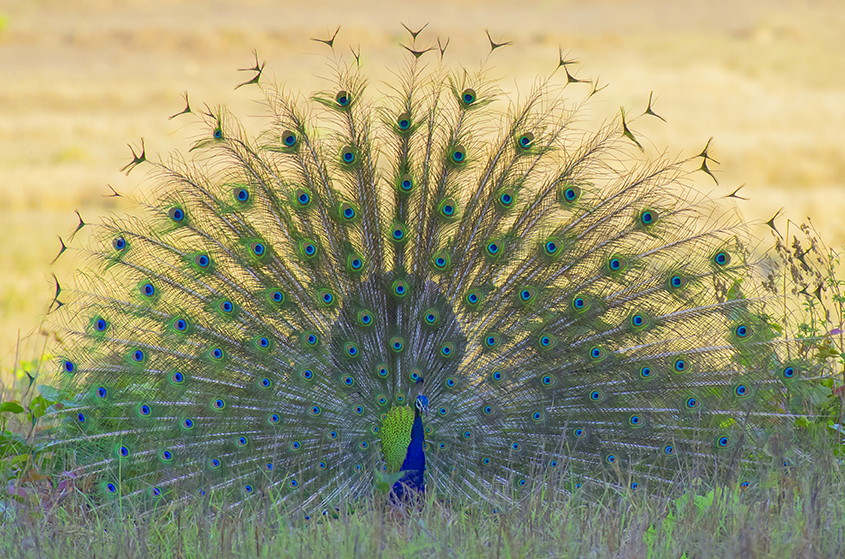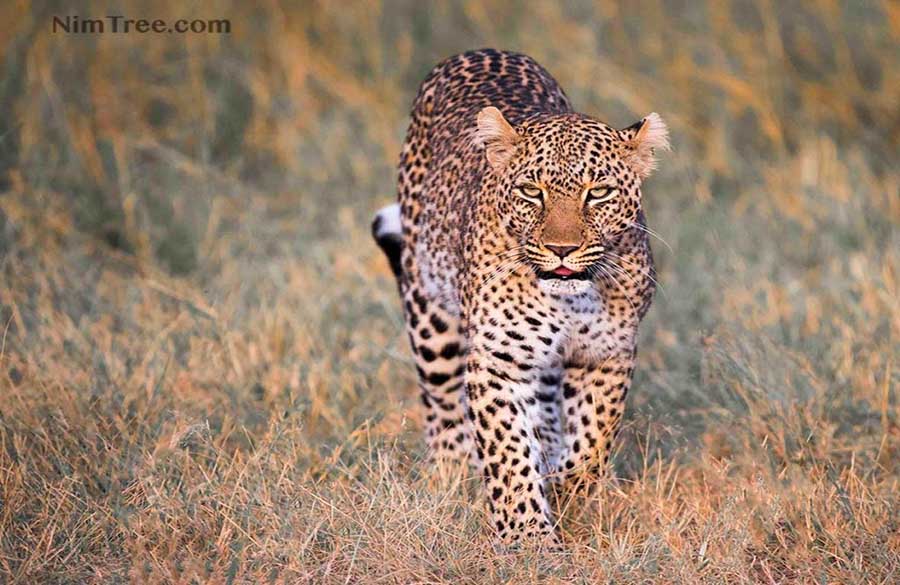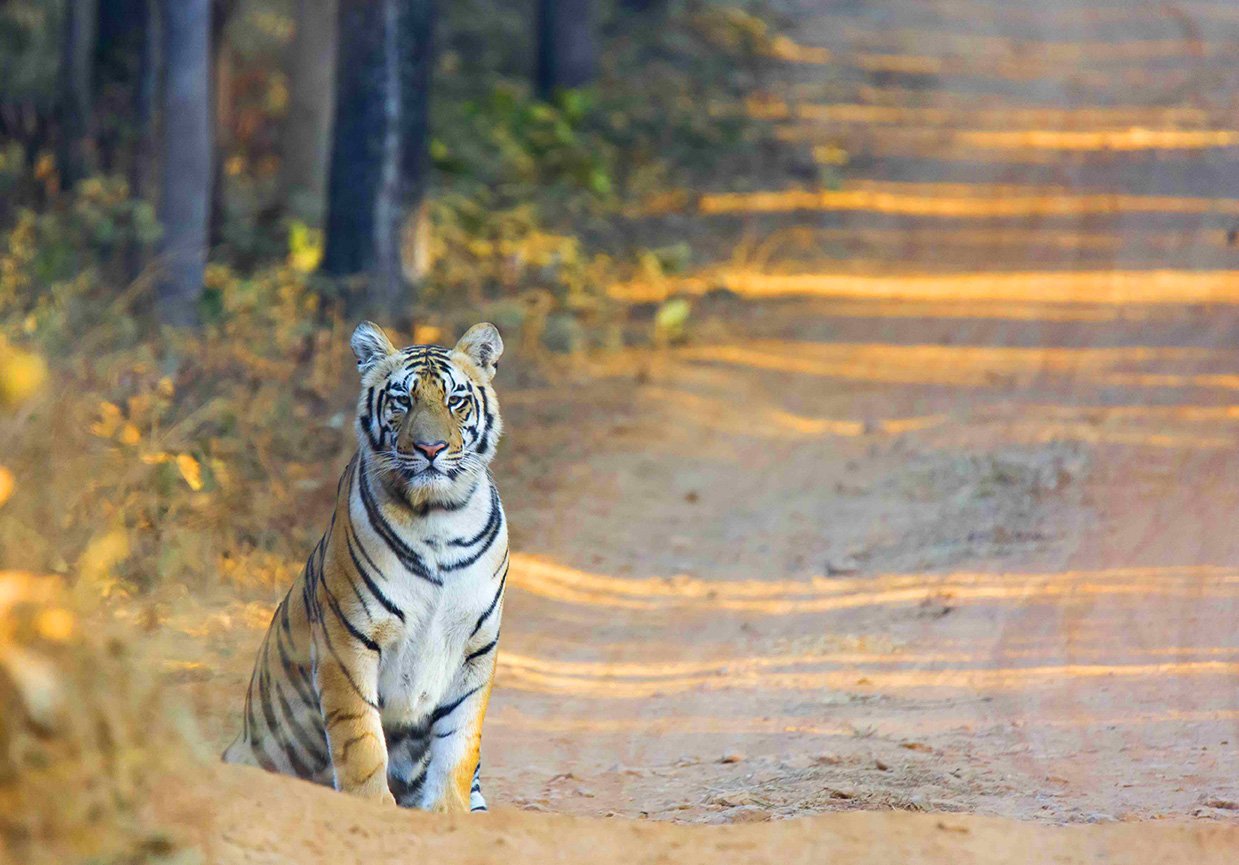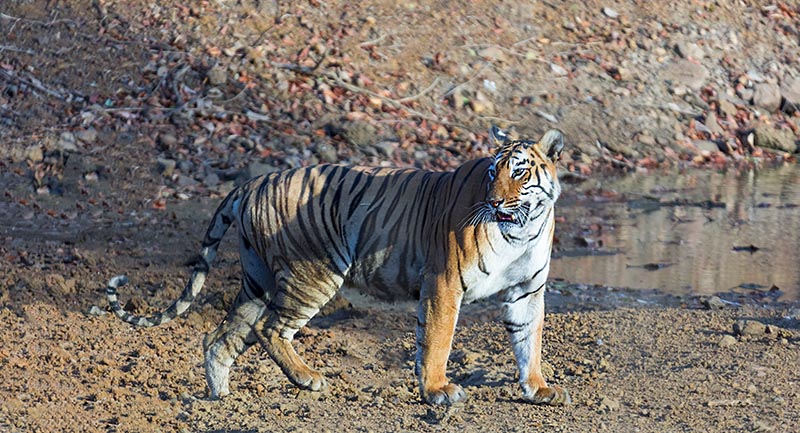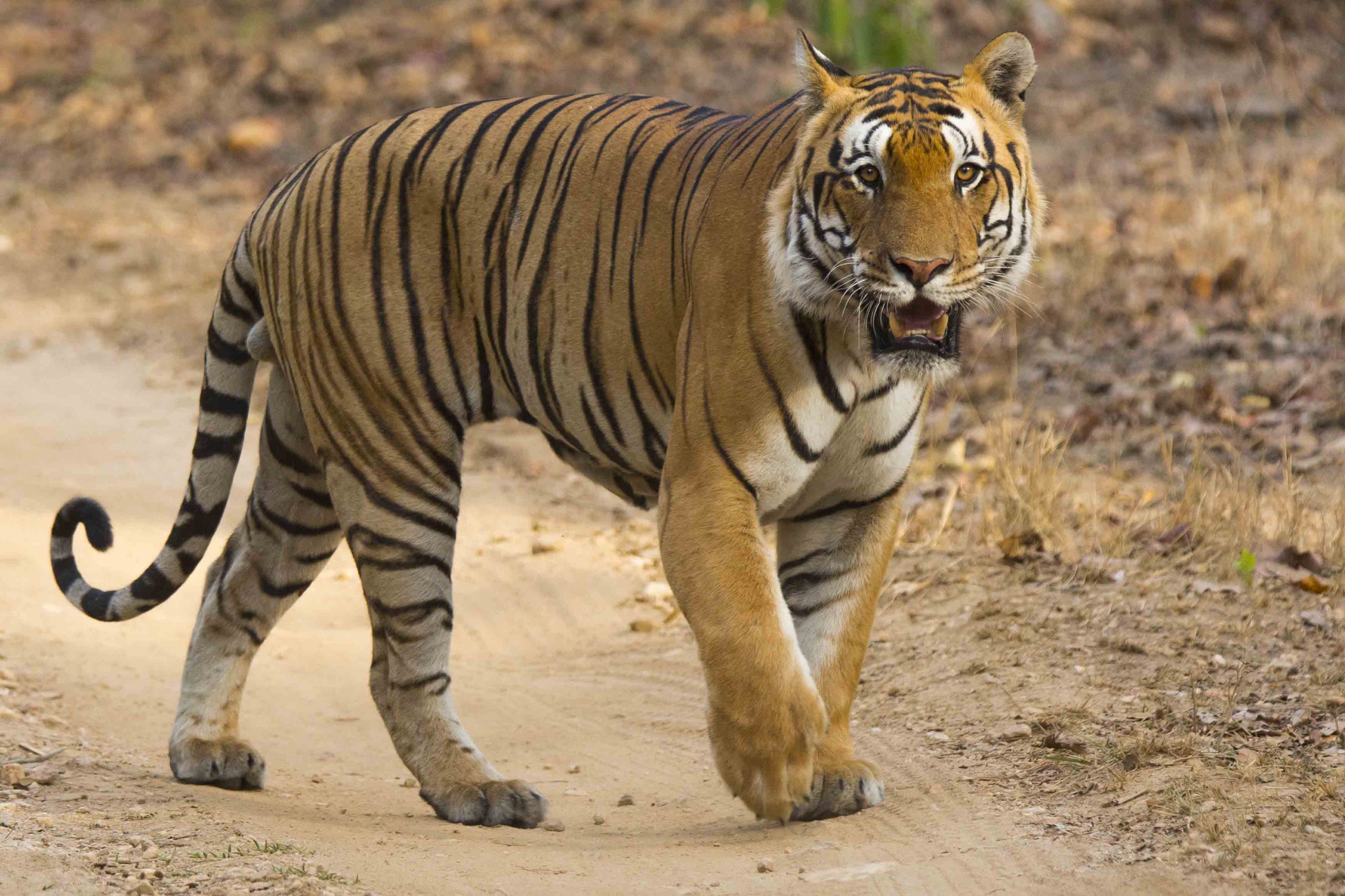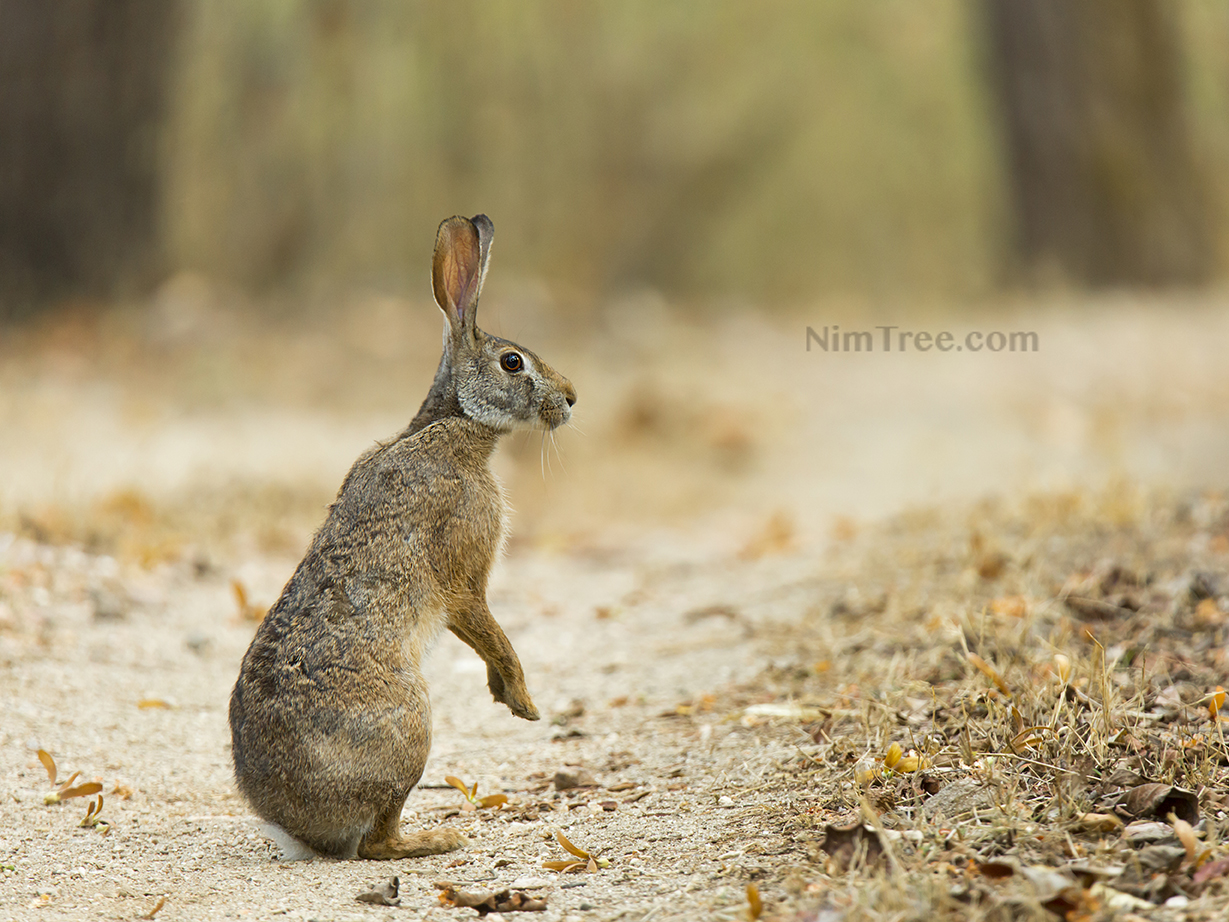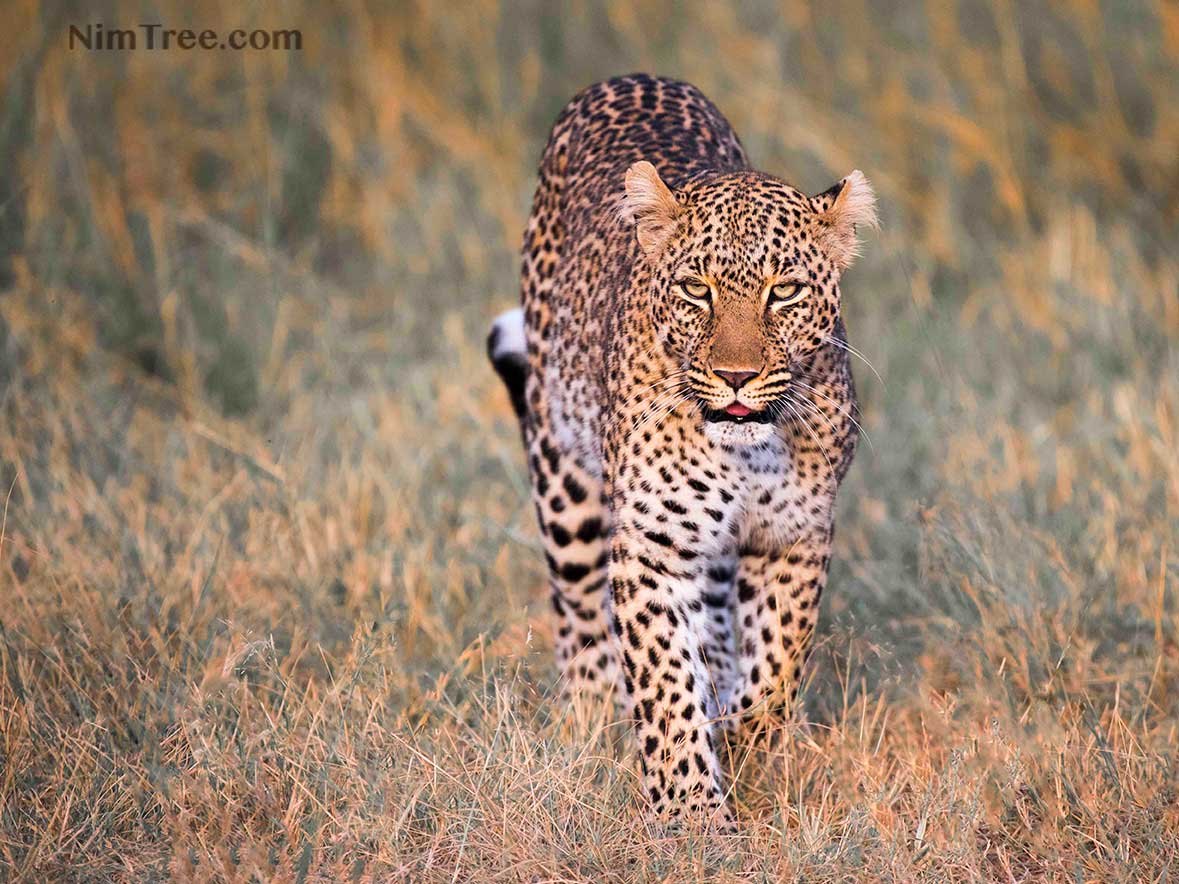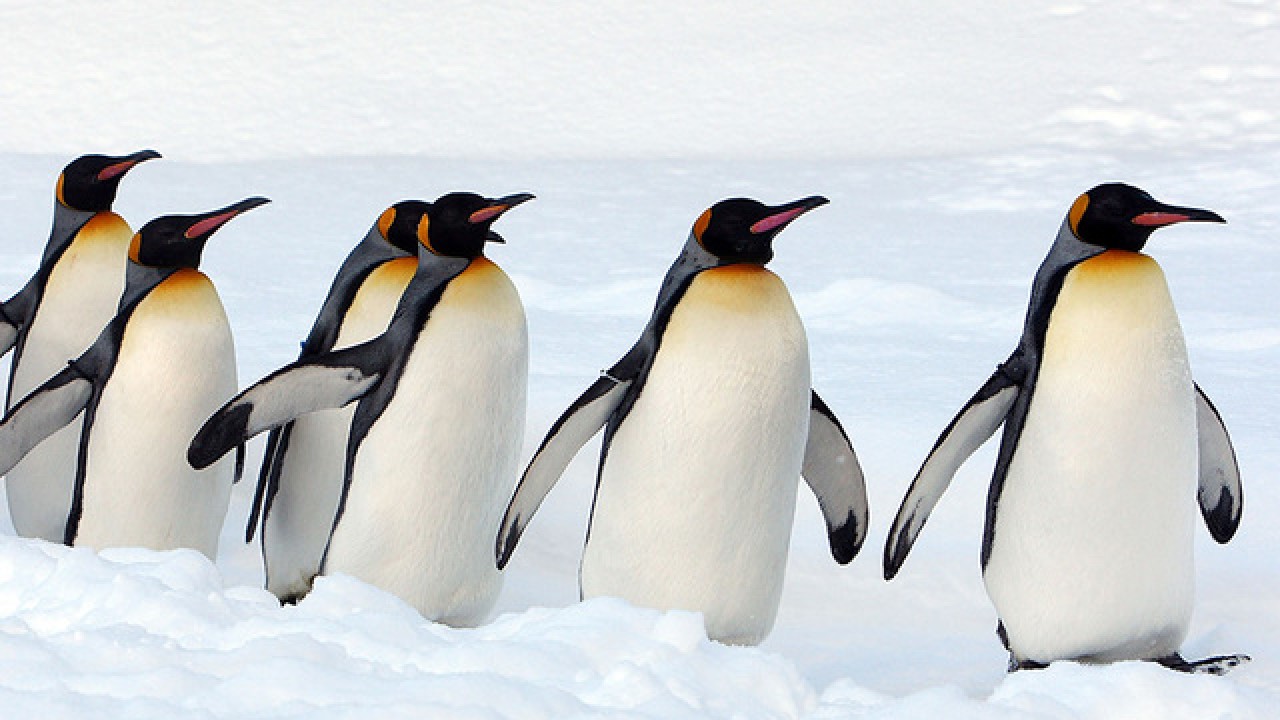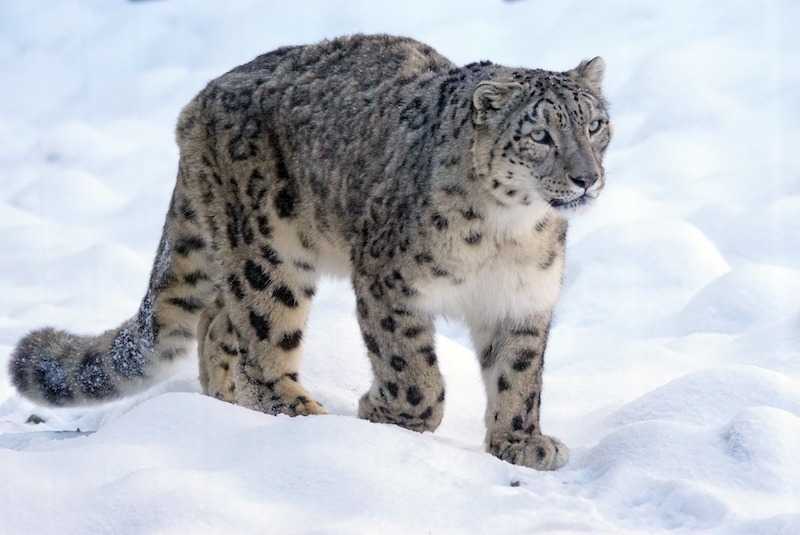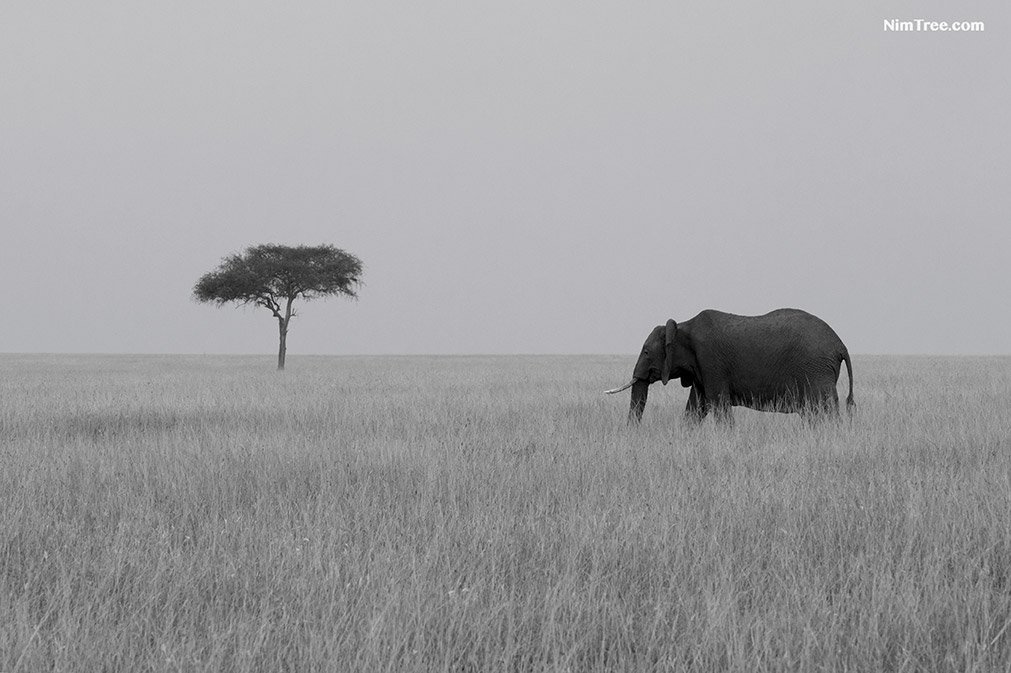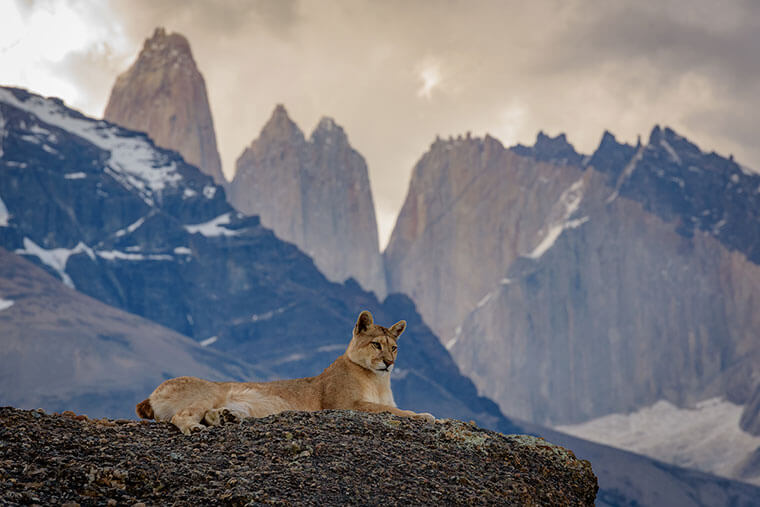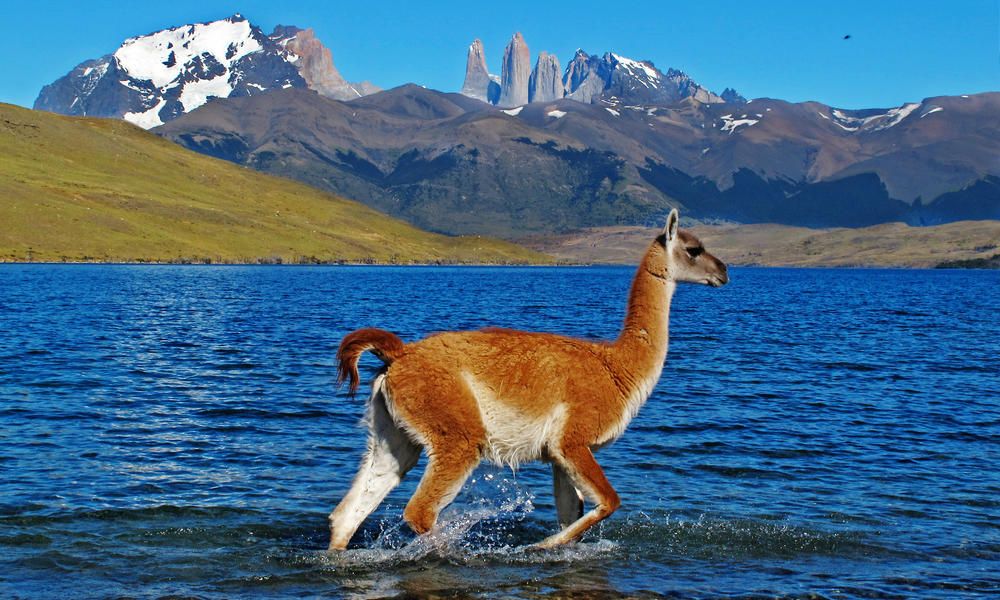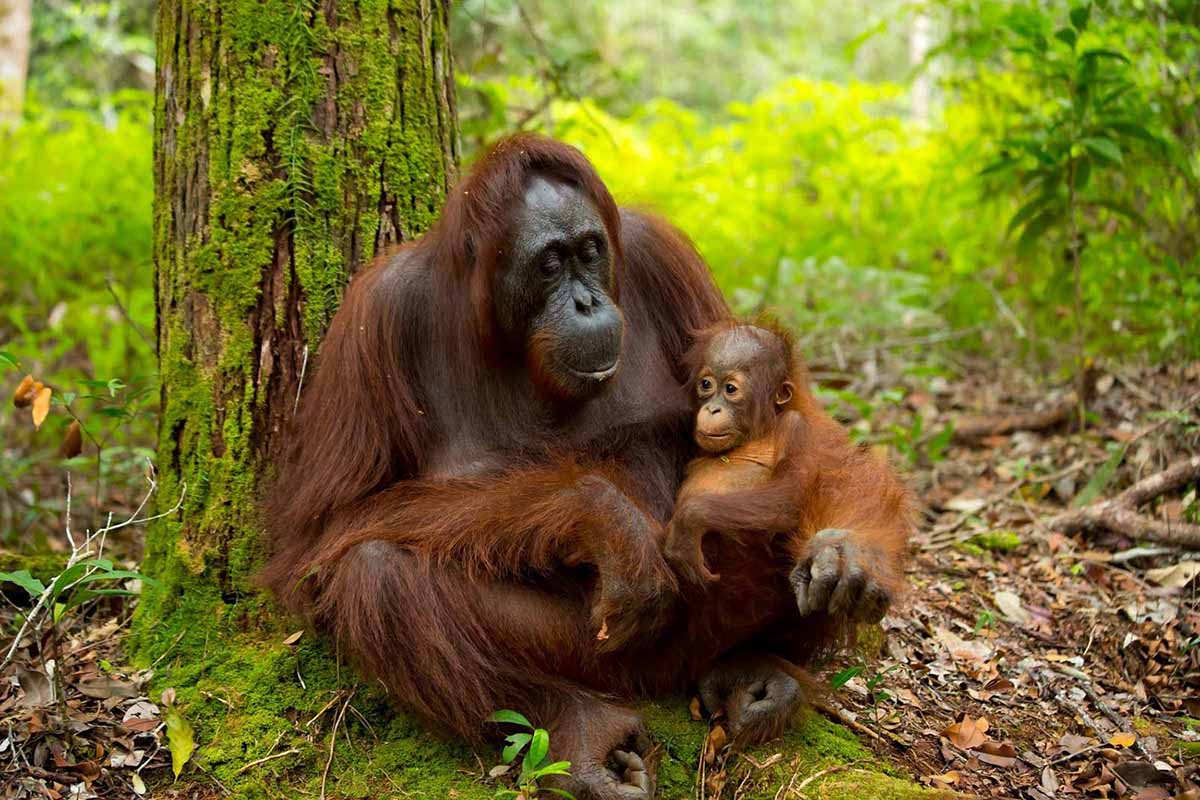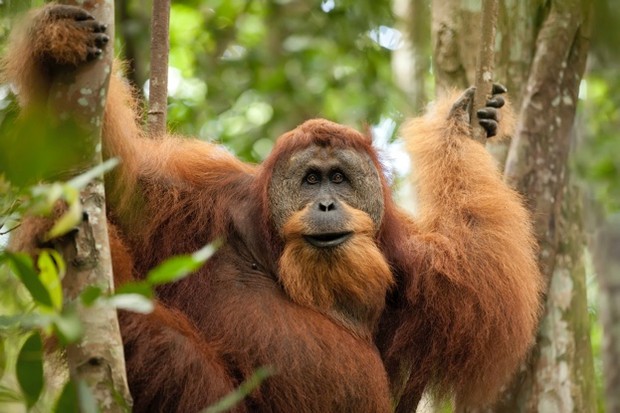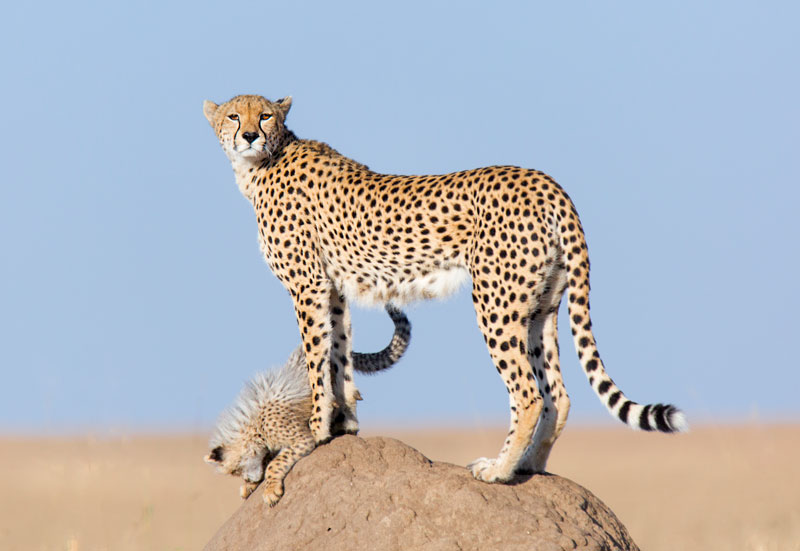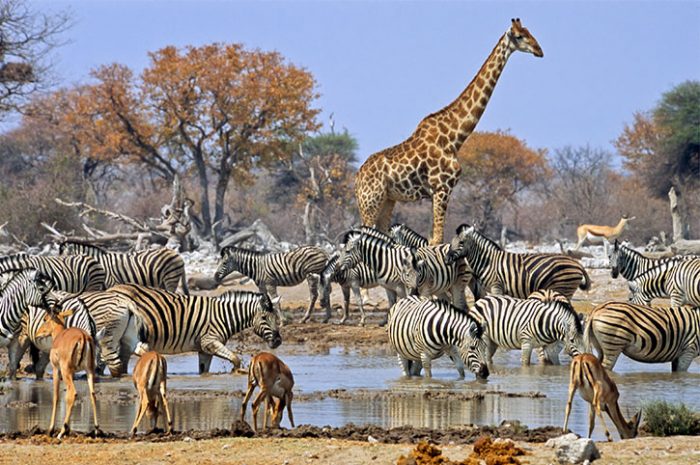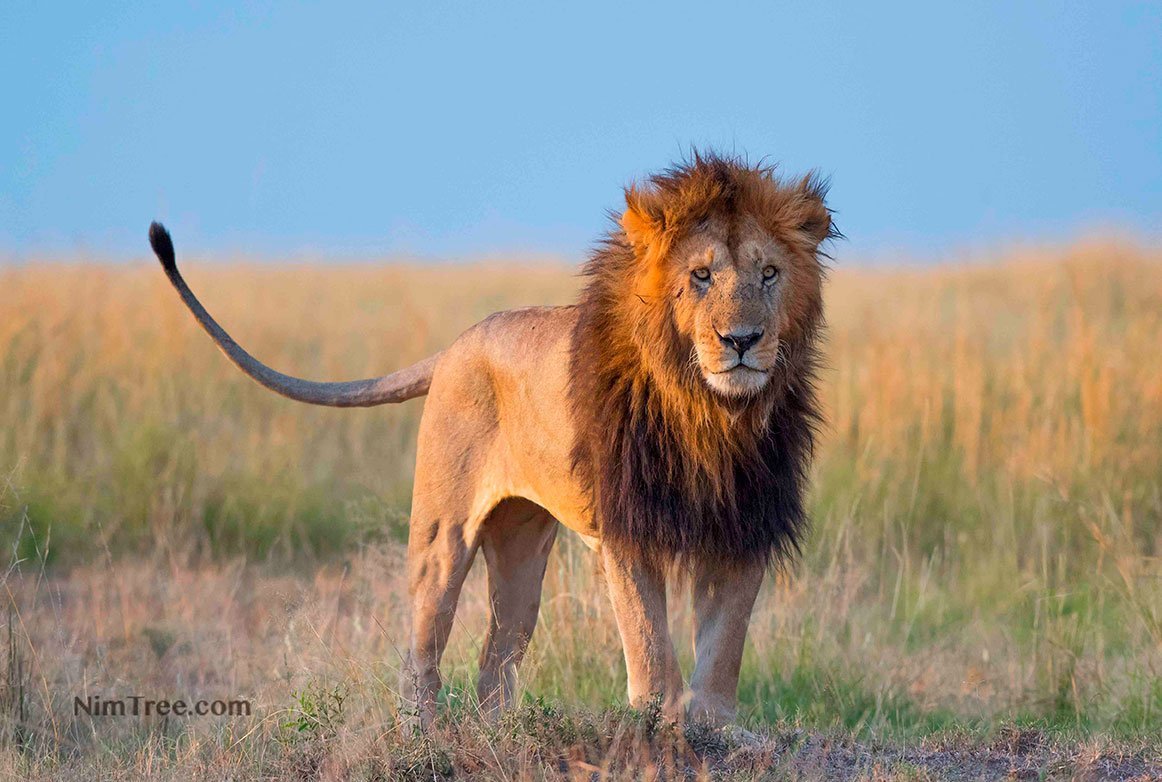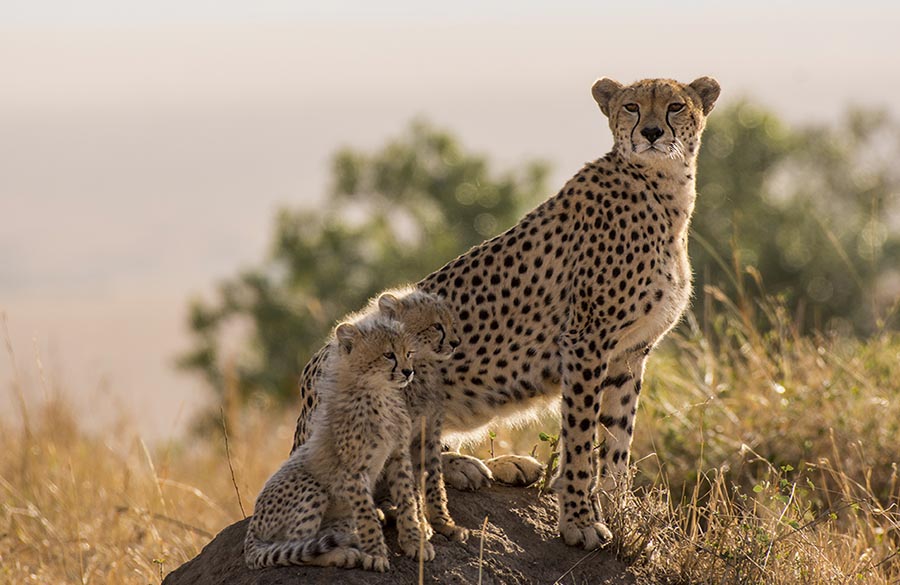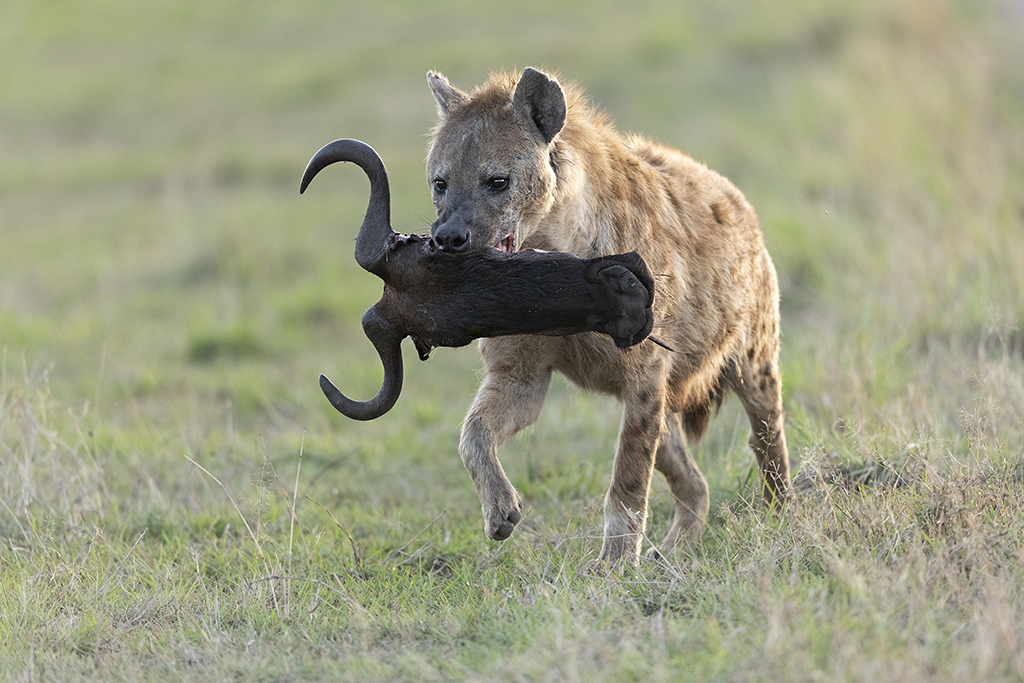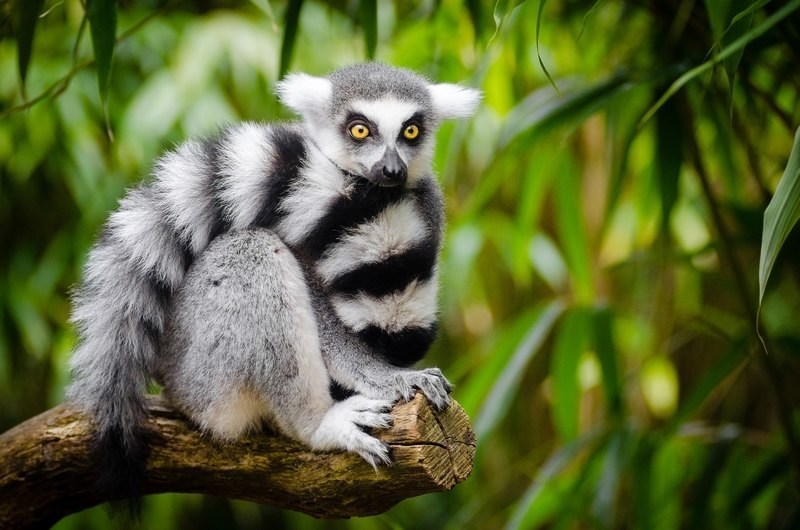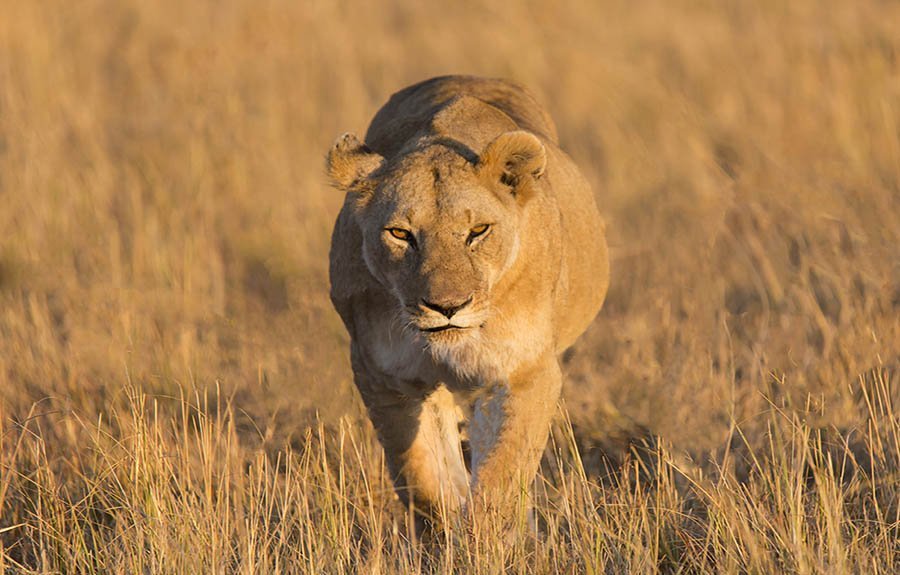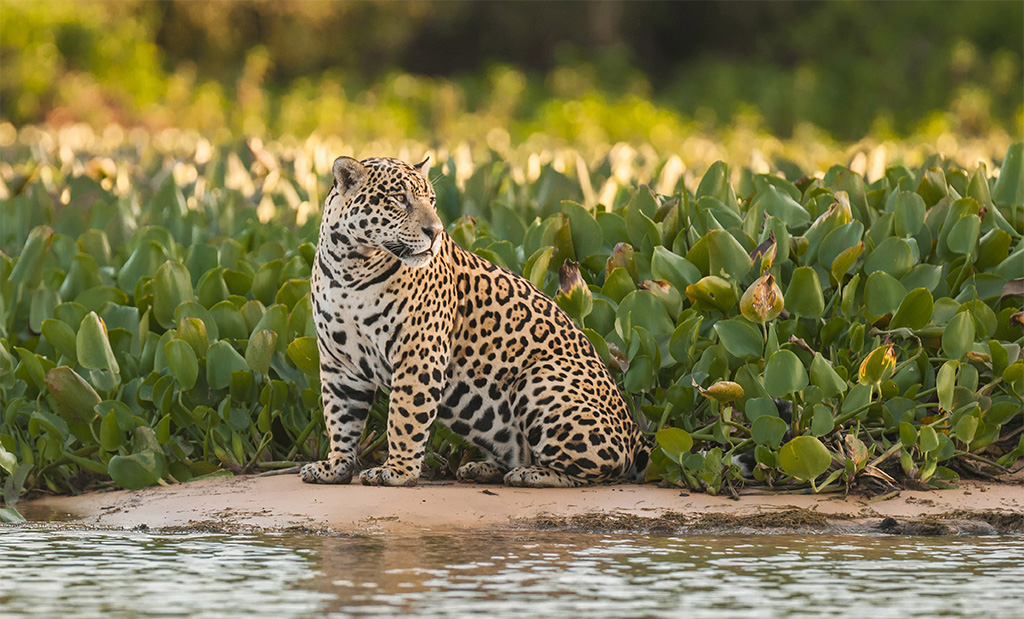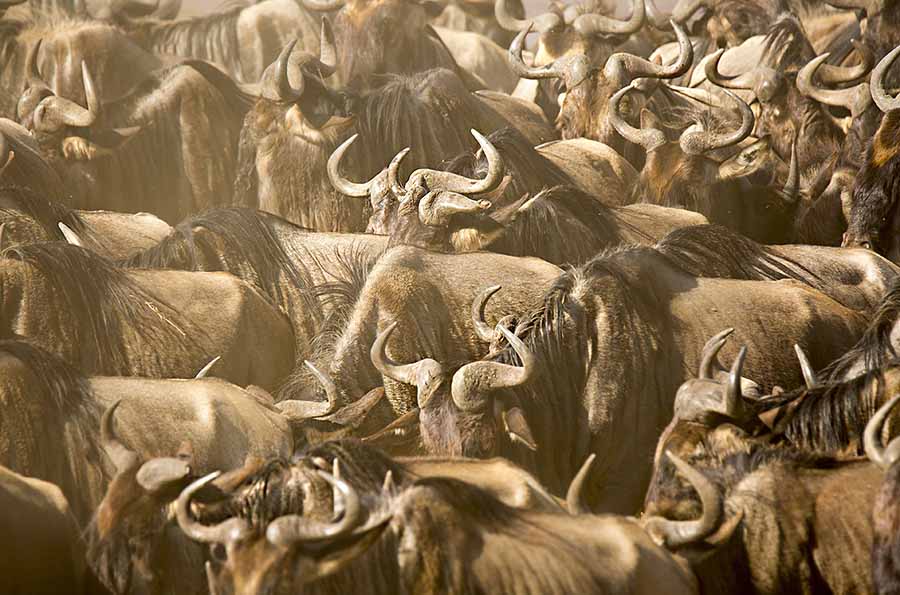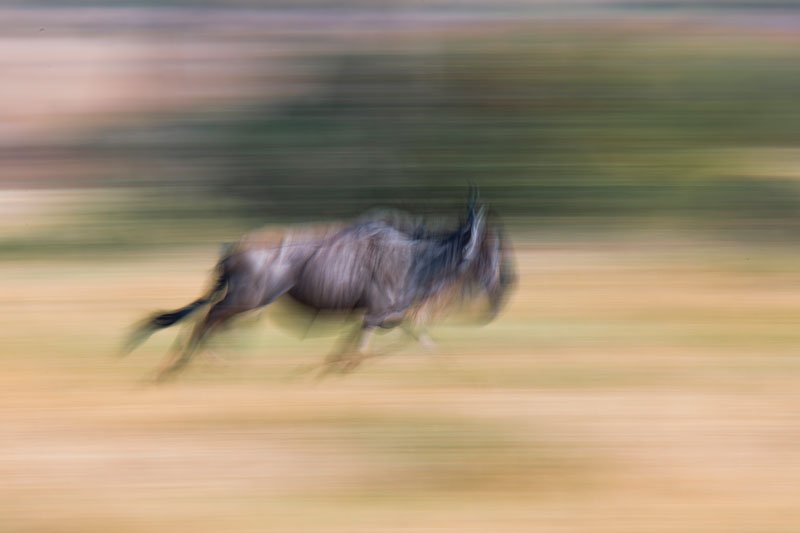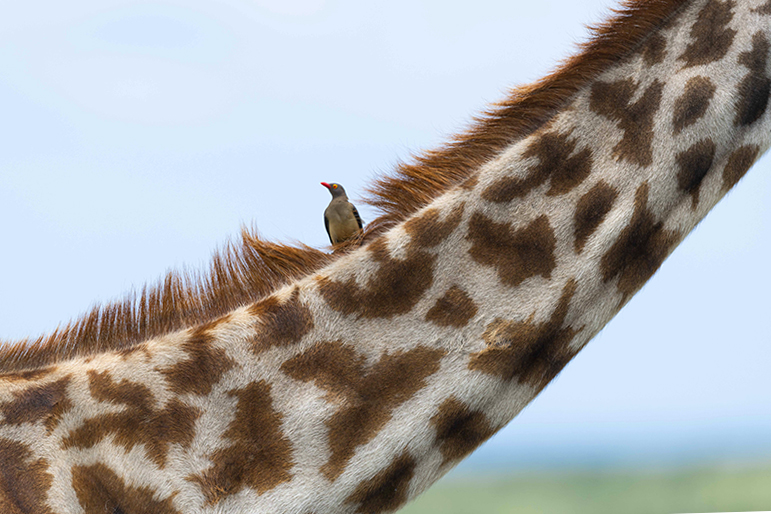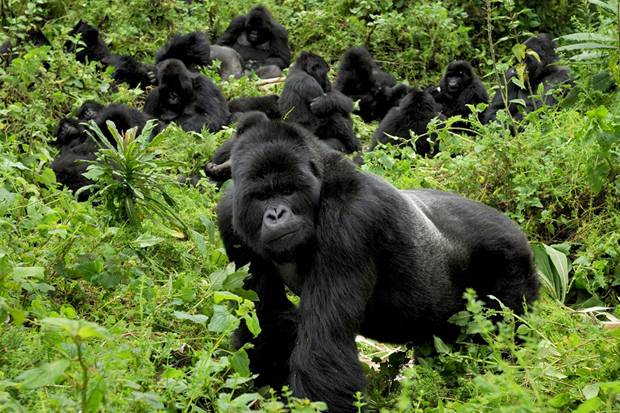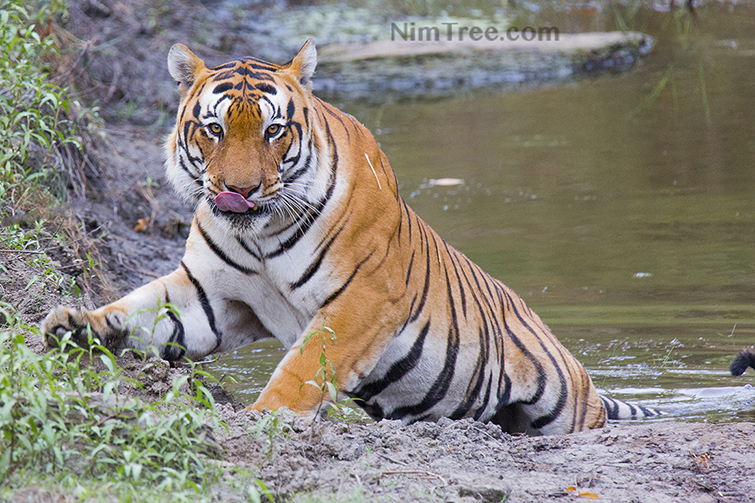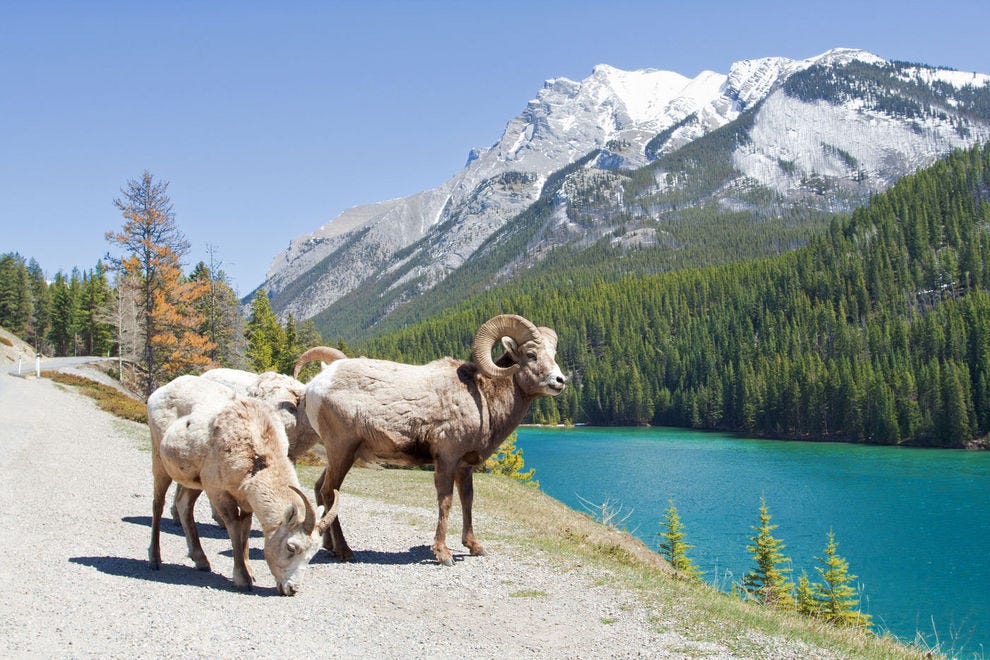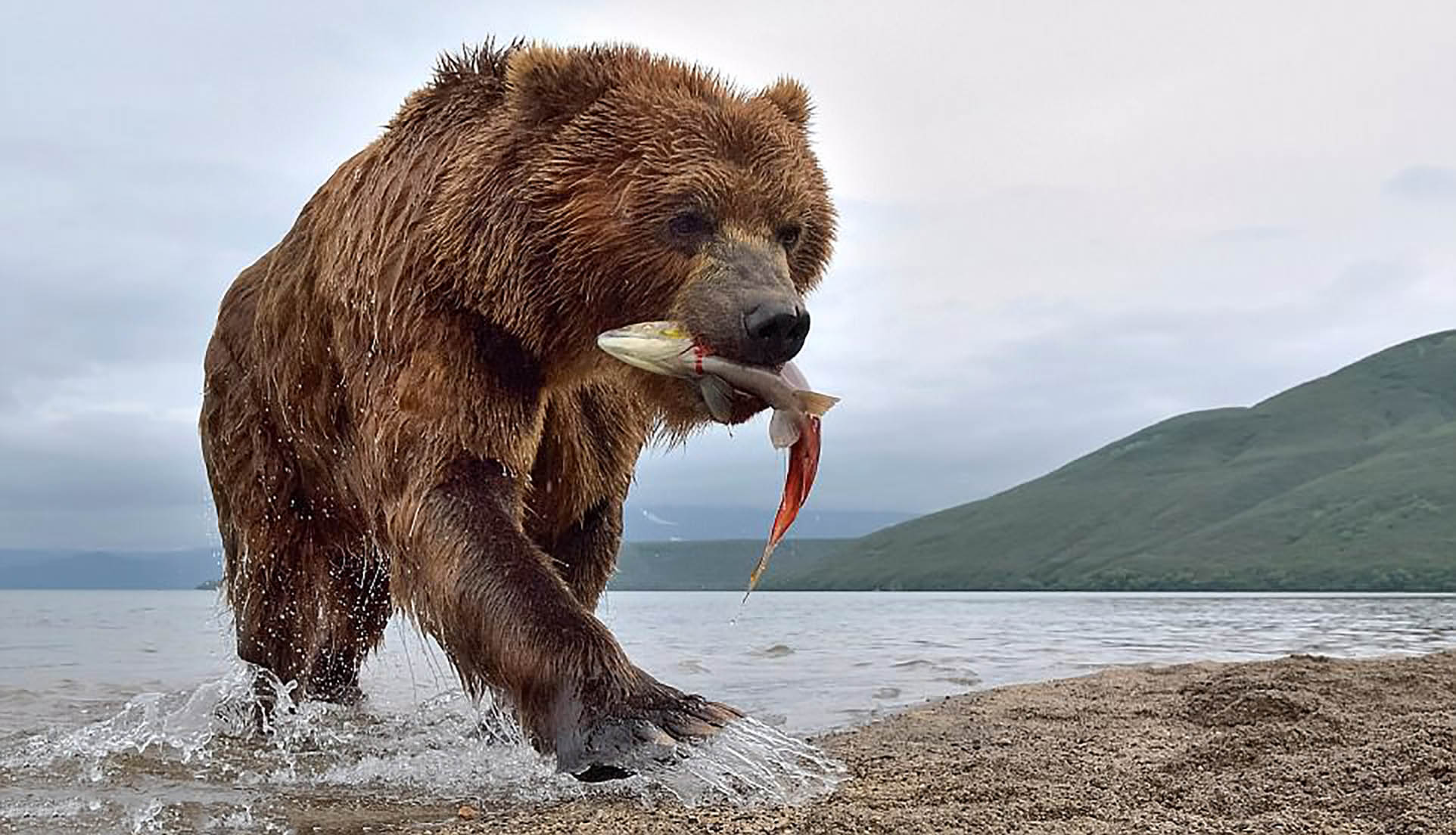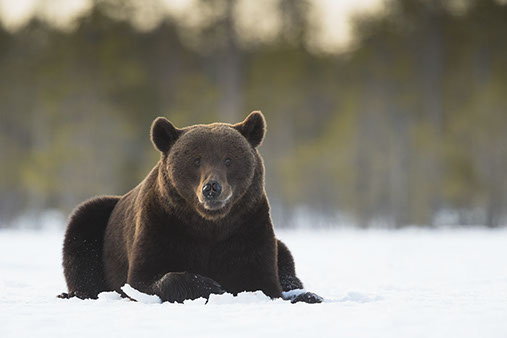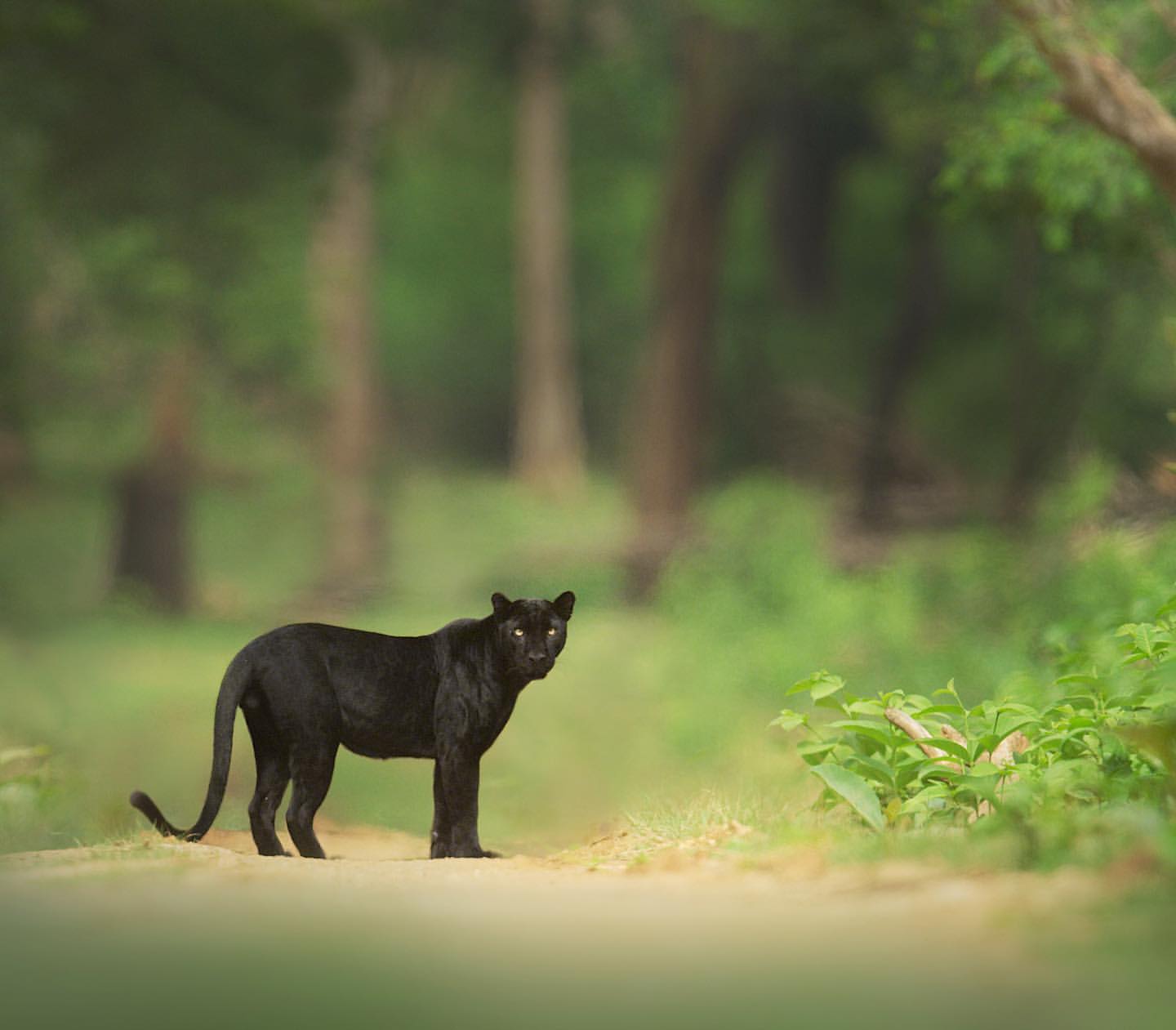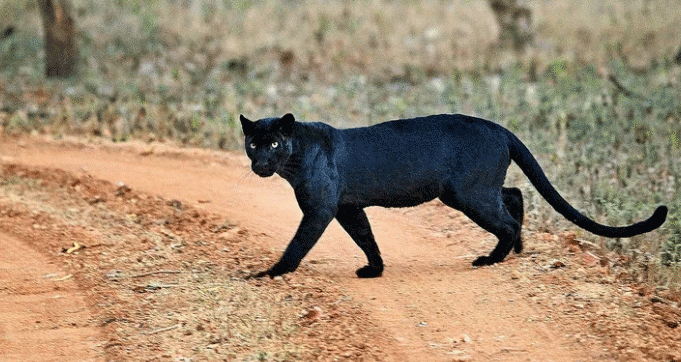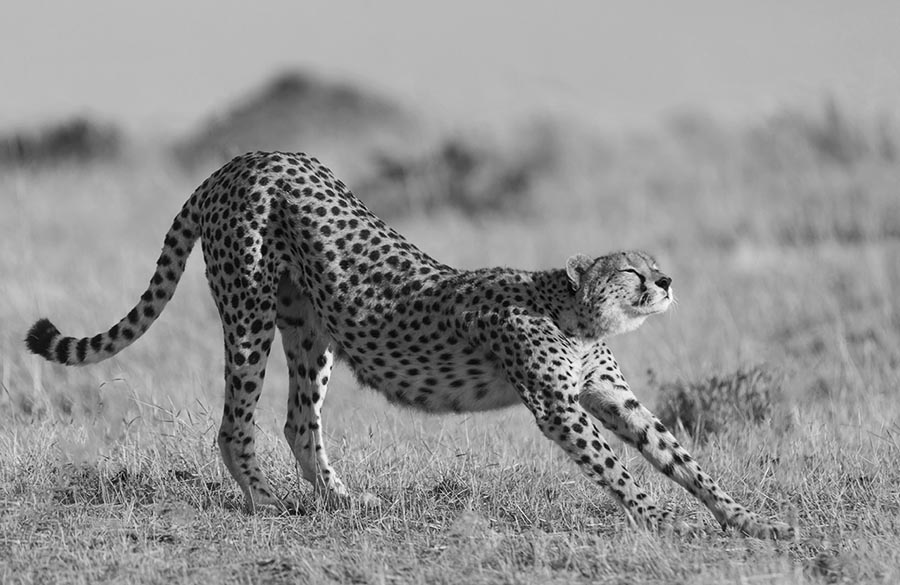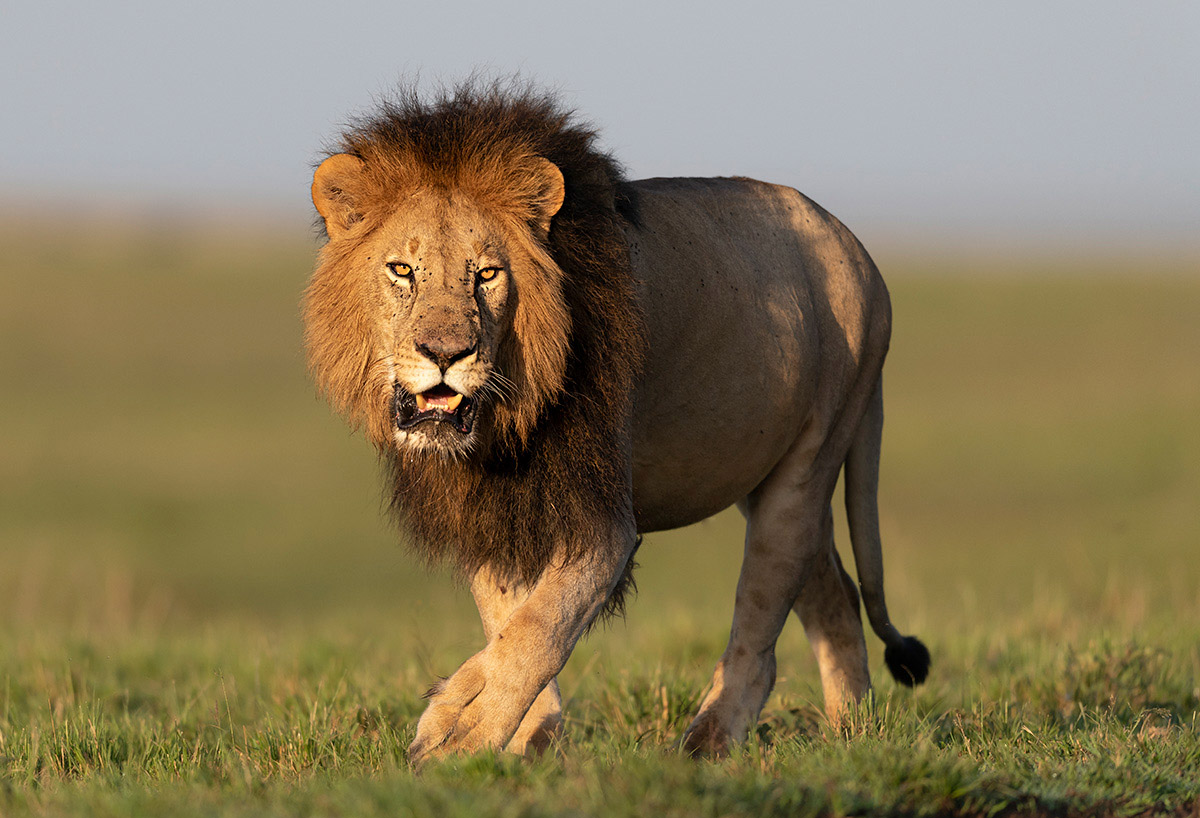
Many of hobbyists and amateur photographers were put off by the prohibitive cost of long and heavy wildlife photography lenses. Usually, getting a 500mm or 600mm lens would cost somewhere in the region of GBP 7500 to GBP 11,000 which is almost the amount of money required to buy a budget medium sized car!
The chances are, those expensive wildlife lenses would be big and heavy. Weight is not an issue for some but for most people nearing their retirement age, it becomes a huge burden. Big lenses often require their special storage case and can’t be carried out discretely in a backpack. I remember when I was using my 600mm lens in an urban environment, a kid walked up to me and asked if I was trying to spy on someone!
The non-availability of low cost lenses had become a barrier to entry for young, amateur and semi-professional photographers into the wonderful world of wildlife photography. The cost of acquiring such big lenses could not be justified ,unless somebody was born with a silver spoon.
Well, its time to celebrate as all the prayers have been listened (well, at least for Nikon users). The Nikon 200-500mm F/5.6 lens was launched officially in 2015 and created backorders on Amazon.
You can read about the technical specification on Nikon websites and other review websites where people are raving how good this lens is. Here I am going to talk about practical aspects like weight, ease of carrying, versatility of photographing and cost-effectiveness for non professionals.
Lets start from simple math. Nikon 500 mm F4 costs about GBP 9000 whereas the this lenses costs just GBP 1300. I warn you not to associate low cost with inferior image quality. Watch a video, where someone who has compared both the lenses side by side.
Off-course, the cheaper Nikon 200-500 doesn’t come with weather sealing and the outside is mostly plastic, but for someone who is just starting out in wildlife photography and can not justify the hefty price of the F/4 prime lens, this is a fantastic solution. 7 times more price for an expensive lens does NOT give you 7 times better image unfortunately.
The Nikon 200-500 is easy to carry in your backpack and lightweight to carry with you on small air planes. You can go hiking with this lens attached to a camera body all day.
It is a zoom lens which means by standing at the same spot, you can compose very different looking images at say 200mm-250mm-300mm all upto 500mm at a constant aperture of F/5.6. This lens will still be useful should your subject decide to move in close to you, not the 500 prime 🙁
This lens can be used on APSC as well as full frame camera bodies however I would suggest using a full frame camera body like Nikon D850 or Nikon D810 to harness the full potential of this little beast. On a crop body, it effectively becomes 300-750mm. Focusing speed could be a tad slower (relatively) but if you can anticipate the animal movement and can live with it, good for you.
By no means this is a replacement for the top notch weather sealed prim lens however this can certainly give it run for its money. In wildlife photography, its crucial to be able to shoot handheld because it it NOT practical to setup a tripod / gimbal on a safari vehicle as it would seriously limit your ability to maneuver the lens in accordance with the unpredictable movement of wild animals.
If you want to be creative and try zoom burst type of shots, you can do that with this lens, primes CAN NOT do that at all. Also, the price of Nikon’s 7500 GBP lens (Nikon 200-400mm) has been seriously hurt in the used market recently due to such affordable and lightweight (plus 100mm more reach! ) options in the market
If you are coming with us for wildlife photography safaris and budget is an issue, I strongly recommend to explore this lens, off-course if you are a Nikon user. Canon user, don’t be disheartened, there seems to be a similar toy ,which is coming your way.
